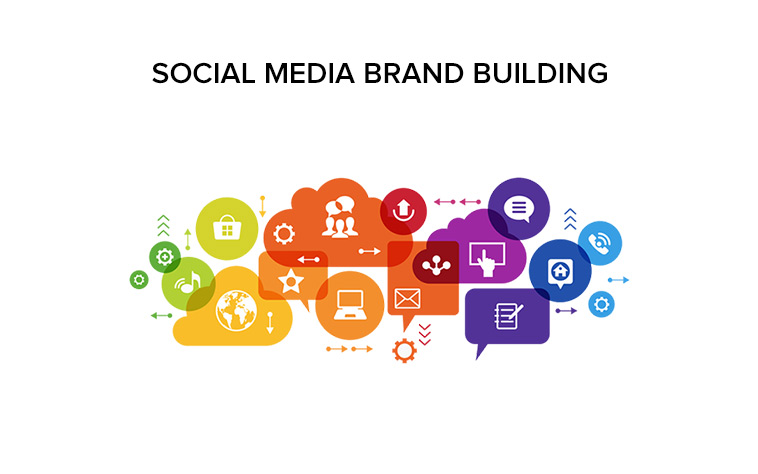The Beauty industry is thriving in the world of e-commerce. As the competition intensifies, beauty and personal care brands must implement effective Conversion Rate Optimization (CRO) strategies to stand out in the crowded digital landscape. In this article, we delve into actionable CRO techniques customized for the Beauty industry, empowering brands to elevate their online presence, drive conversions, and cultivate customer loyalty.
Leverage high-quality images & videos:
Visual allure is at the heart of the Beauty industry, making high-quality images and videos an indispensable asset. To captivate potential customers, beauty brands should curate visually striking content that showcases products from different angles and illustrates their usage. Including before-and-after images for skincare and makeup products instills confidence in customers, providing tangible evidence of product efficacy.
Clear & compelling Product Descriptions:
Beauty products hold transformative potential, and persuasive product descriptions are essential to convey their benefits effectively. Brands should craft clear, detailed narratives that highlight unique selling points, ingredients, and benefits. By incorporating storytelling, brands can evoke emotions and forge connections with potential customers, driving them closer to conversion.
UGC & Social Proof
Building trust is paramount in the Beauty industry, and user-generated content, ratings & reviews plays a crucial role in achieving this. By integrating customer reviews, photos, and videos on product pages, beauty brands can create authentic connections with their audience. UGC & social proof showcases real-life experiences and fosters confidence in potential buyers, positively influencing purchase decisions.
Easy & Intuitive Navigation:
A seamless browsing experience is essential to help customers find their desired products effortlessly. Beauty brands should implement easy and intuitive navigation, utilizing categories, filters, and search functionalities to enhance the user experience. Simplified website navigation accelerates product discovery and boosts customer satisfaction.
Streamlined Checkout Process:
Streamlining the checkout process is paramount in reducing cart abandonment and driving conversions. Beauty brands can optimize the checkout journey by offering guest checkout options, employing progress indicators, and deploying clear calls-to-action at each step. Minimizing form fields ensures a quick and hassle-free checkout experience.
Upsell and Cross-Sell:
Upselling and cross-selling techniques hold significant potential to increase the average order value. Beauty brands can recommend complementary products or offer exclusive bundles to encourage customers to explore additional items. These strategies not only enhance the shopping experience but also boost revenue.
Implement live chat support:
Live chat support is a powerful tool to address customer inquiries in real-time, providing personalized assistance and resolving concerns promptly. By offering live chat support, beauty brands can enhance customer satisfaction and create a sense of reliability.
Optimize page loading speed & mobile optimization:
Mobile optimization & page loading speed is crucial, as mobile shopping surges in the Beauty industry. Beauty brands should ensure their Ecommerce sites are mobile-friendly & optimizing page loading speed is essential to reduce bounce rates and retain user engagement, providing a smooth experience for users.
Limited-Time Offers & Urgency:
Creating a sense of urgency with limited-time offers and countdown timers compels potential customers to make quick decisions, avoiding the fear of missing out on exclusive deals.
In the dynamic world of Beauty e-commerce, the implementation of effective CRO strategies becomes the driving force behind success. By leveraging captivating visuals, persuasive narratives, user-generated content, streamlined navigation, frictionless checkout, and other strategies mentioned above, beauty brands can elevate their online presence, foster customer loyalty, and achieve remarkable growth in the competitive industry. As the industry continues to evolve, embracing innovative CRO practices will pave the way for beauty brands to thrive and leave a lasting impression on their customers.


















